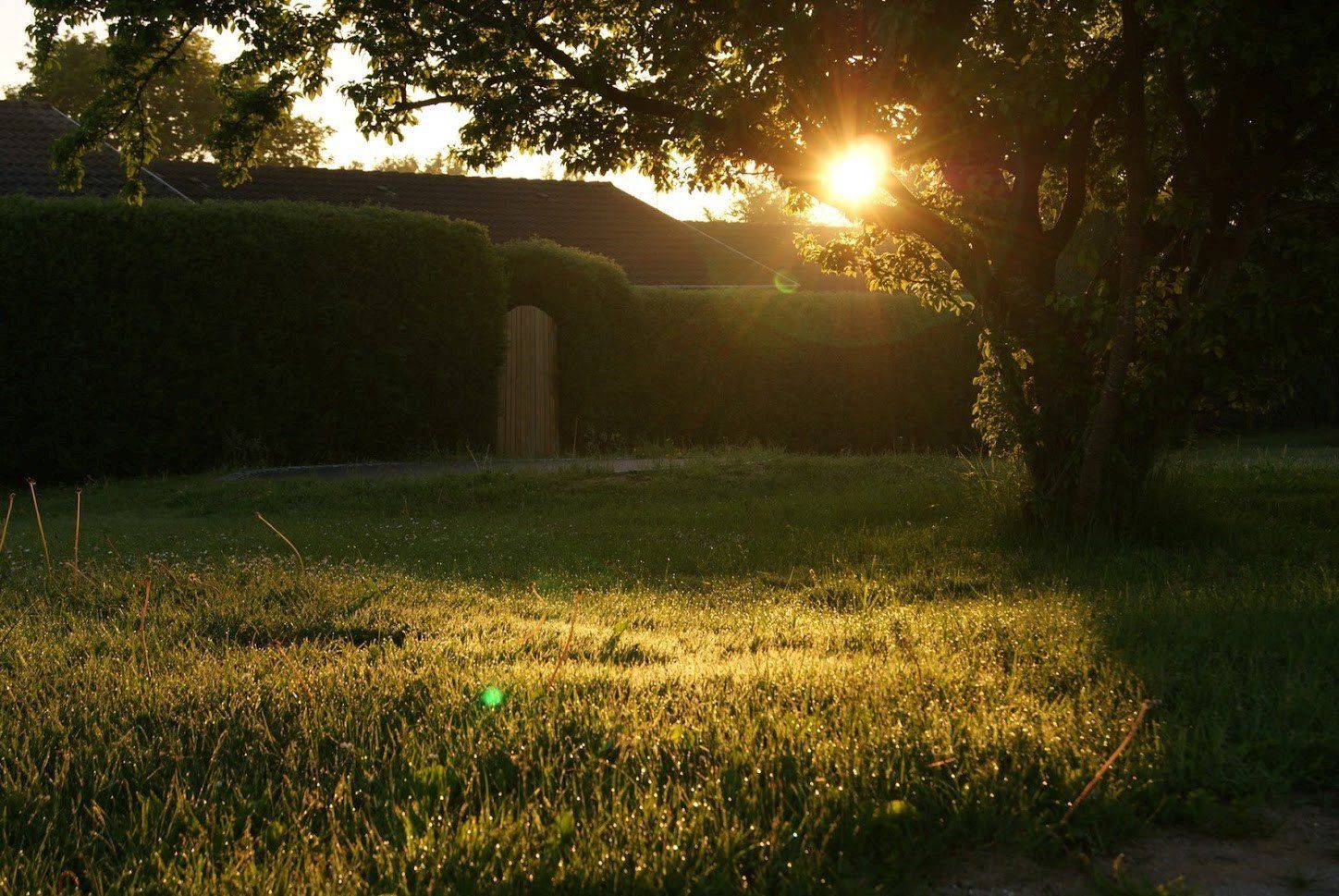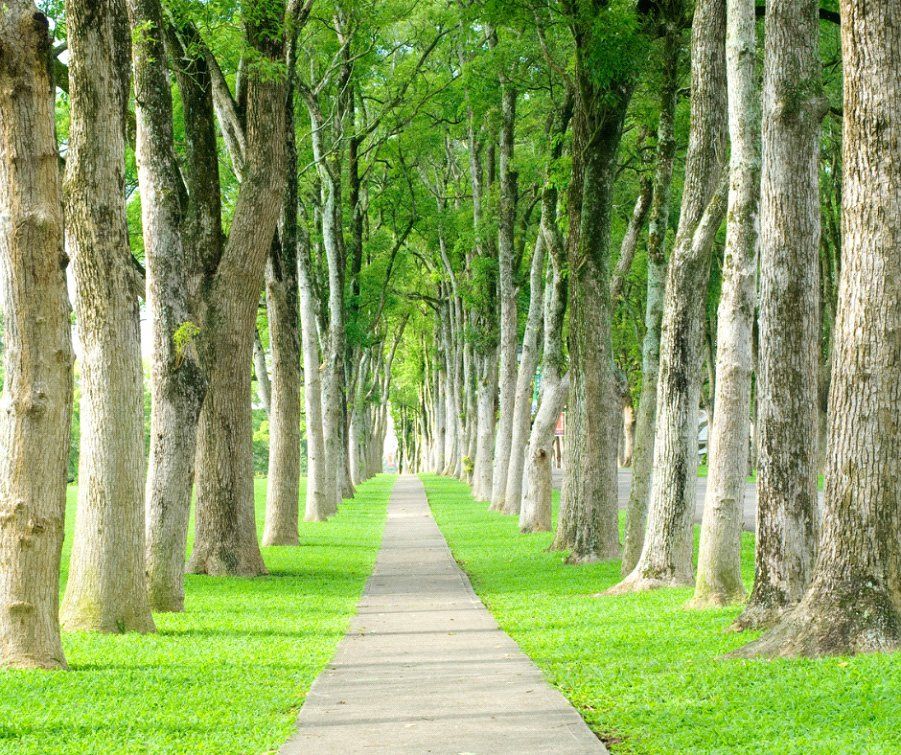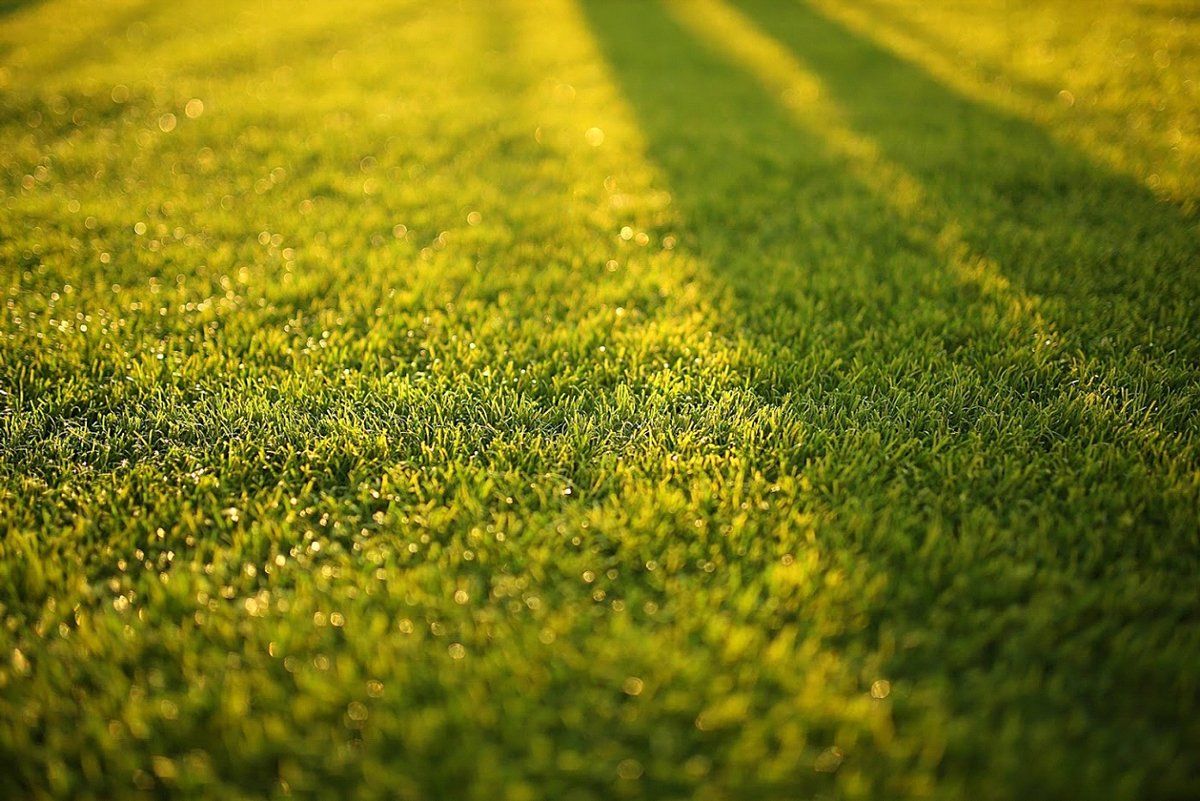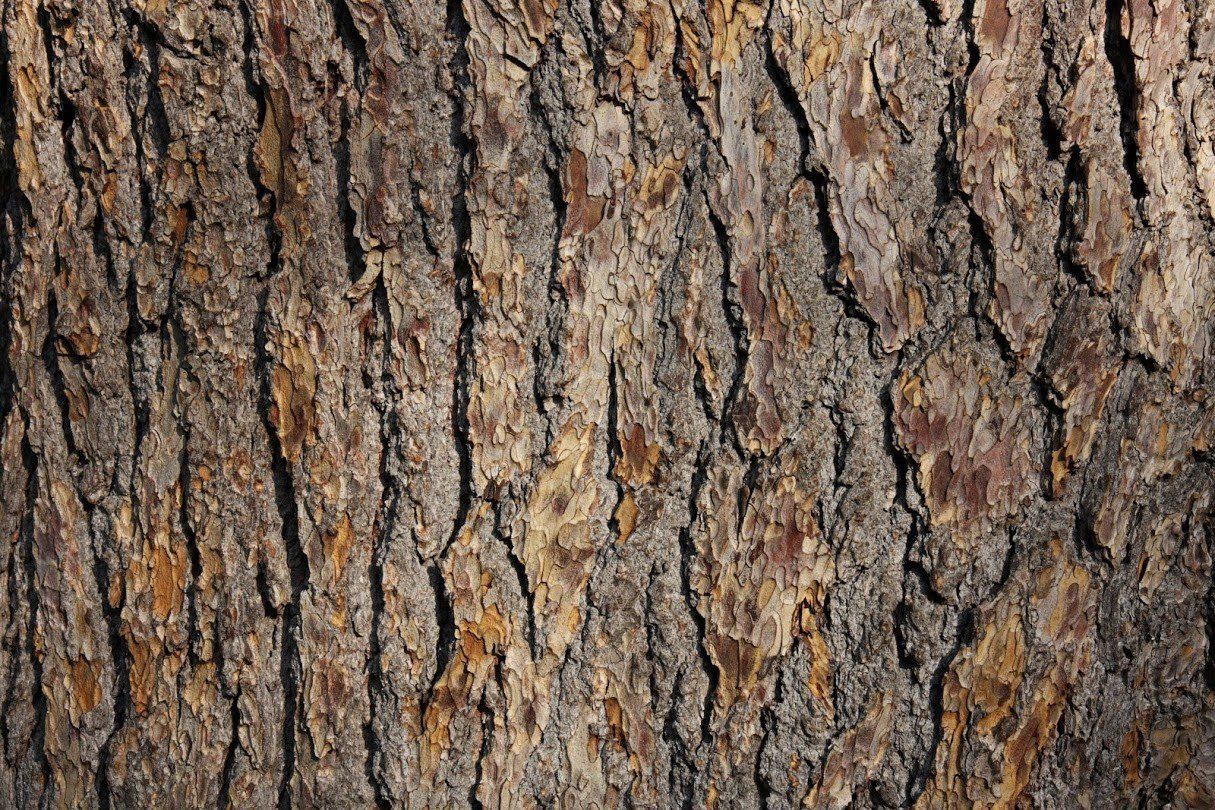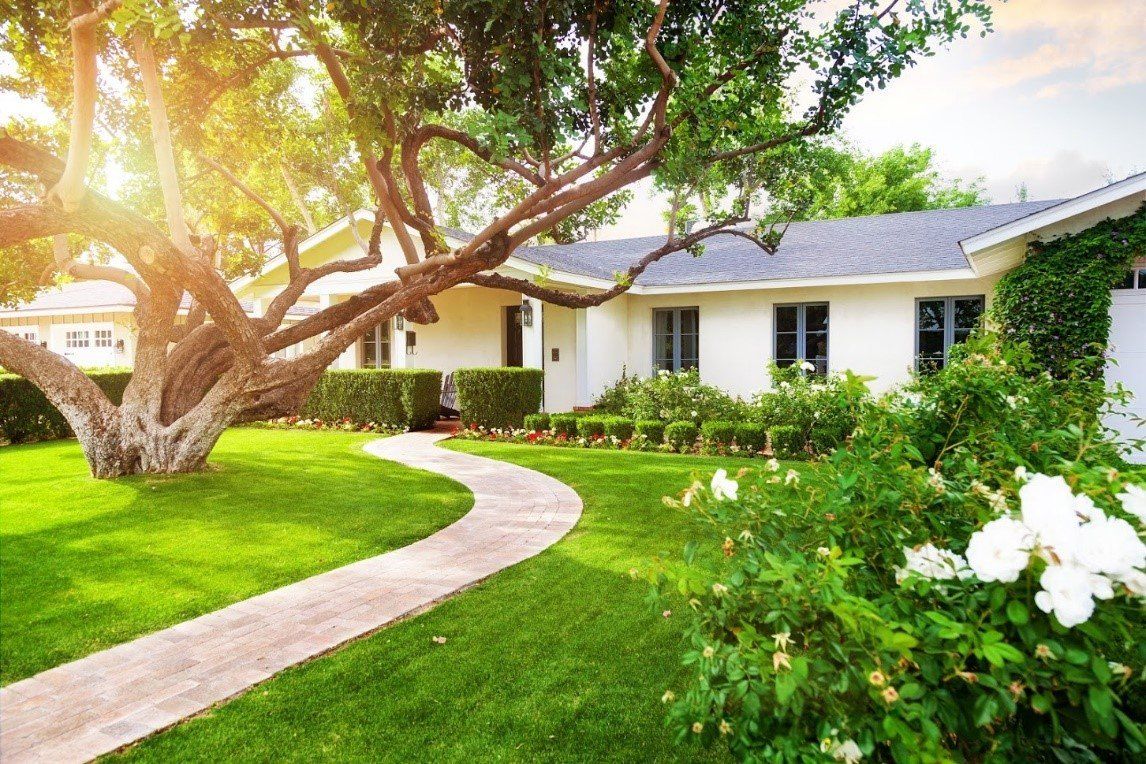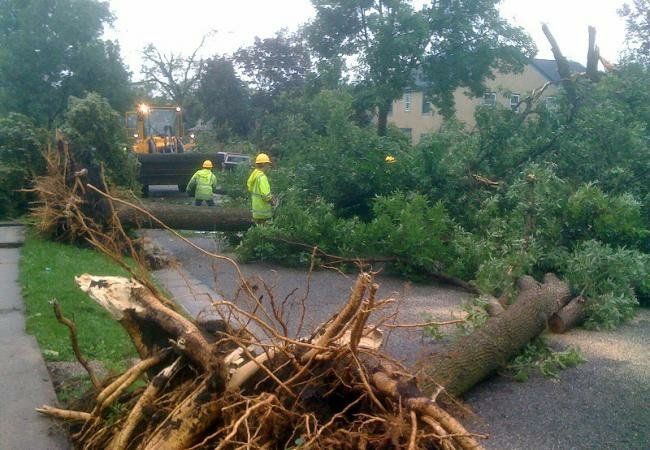What Every Homeowner Needs to Know About Pruning Mature Trees
Admin • December 4, 2019
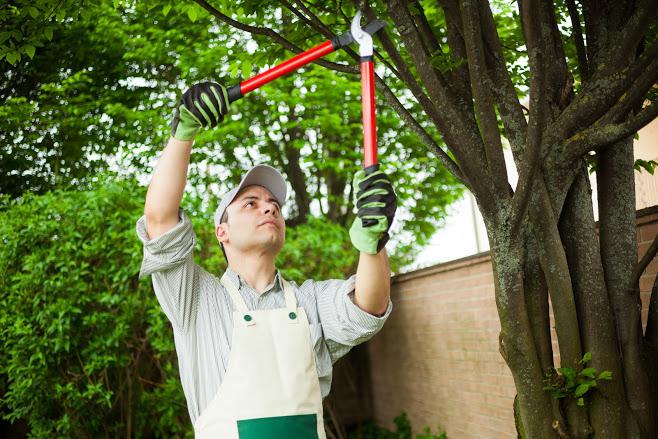
Newly planted trees may seem to get all the attention, but your mature trees require maintenance as well. Although you no longer need to shape and train your tree to develop good growth habits, you do need to prune properly to prevent your tree from developing any hazardous issues within the canopy.
What to Prune
As a general rule, mature trees do not require the extensive pruning that is sometimes necessary for their younger counterparts. However, they do need to be pruned occasionally.
Damaged Limbs
A damaged branch poses a breakage hazard. Signs of damage include dieback, cracks, and missing bark. The goal is to remove damaged branches before they fall on their own. Smaller branches can typically be removed with no concern, but larger branches may require further pruning so that the weight distribution in the tree remains even.
Problem Branches
A problem branch is any branch that could cause damage. Branches that are crossed and rubbing together are a problem because they will eventually wear through each other. This wear increases the danger of breakage. Another problem is if a branch rubs against the roof or siding of your home, even if this only occurs during high winds.
Problem branches must be assessed on a case-by-case basis for either trimming or removal.
Form Issues
A healthy mature tree has an even growth habit. This means that the canopy is generally rounded in shape with equal branch distribution throughout. If the growth is lusher or the branches longer and heavier on one side, a tree is more likely to blow over during a wind storm.
A tree service can thin the canopy and trim back overgrown branches to help balance the tree for healthier growth and more stability.
When to Prune
When it comes to tree trimming, timing truly is everything. If you prune a tree out of season it is more likely to suffer problems.
Routine Pruning
The optimum time for routine pruning is in late winter, right before the spring bud burst. The tree is still dormant in late winter, so pruning cuts don't damage or shock the tree. Yet the frenzied flush of spring growth soon follows, which means the tree can quickly heal its pruning wounds.
Further, most pests and disease organisms are also still dormant in late winter, so the pruning cuts are less likely to become infected.
Special Cases
Of course, there are times when you cannot put off pruning. If the tree has visible damage, then that damaged branch must be removed before it poses a hazard to those below. Branches that are causing direct damage to buildings must also be removed sooner rather than later.
Contact a professional if you suspect you need to prune out of season because they have the tools and knowledge to prune with as little damage to the tree as possible.
How to Prune
You may be able to complete some light pruning on your own, although it's usually a better idea to leave mature tree pruning to the professionals due to the inherent dangers of trimming a larger tree.
Tools
Bypass shears work well for small diameter branches, but you will need a pruning saw for more mature tree branches. To avoid the need to climb the tree, you can get pole pruners that allow you to make some cuts from the ground.
Techniques
There are four main techniques used to prune a tree — cleaning, thinning, raising, and reduction. Cleaning refers to the removal of dead and damaged branches while thinning is for removing crossed and dense branches.
When you raise the branches, you are pruning off those lower on the trunk, whereas reduction refers to removal from the top of the canopy. A tree service can determine which techniques are best for your tree.
Although it's possible to make a few maintenance cuts safely, overall mature tree pruning should be left to the professionals that have the proper tools and skills to complete the job safely. Contact Kaily's Tree Service for more help.

